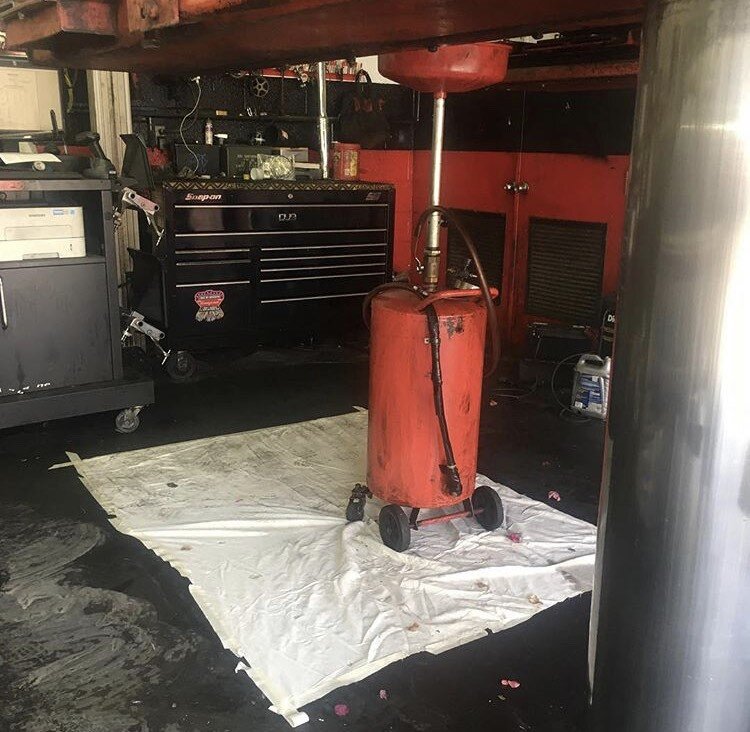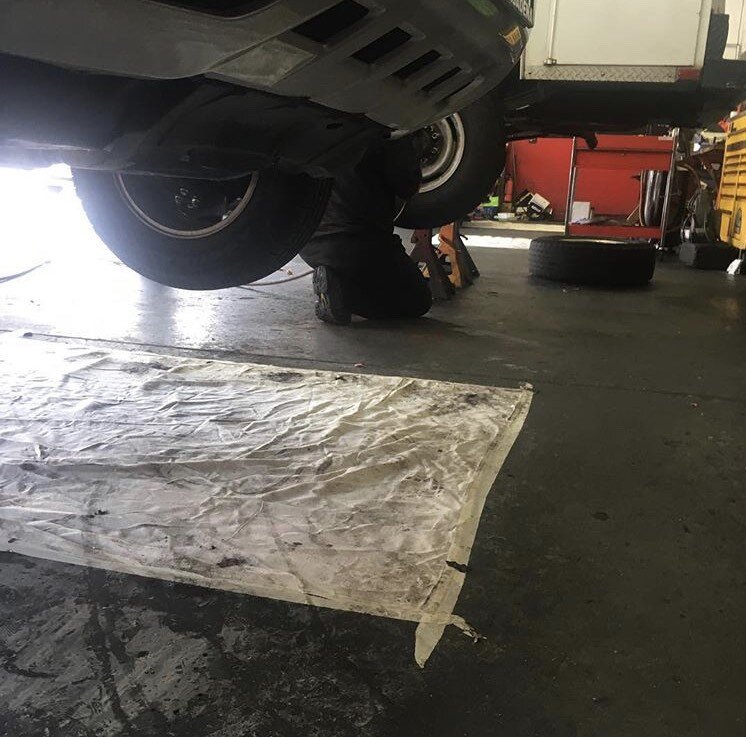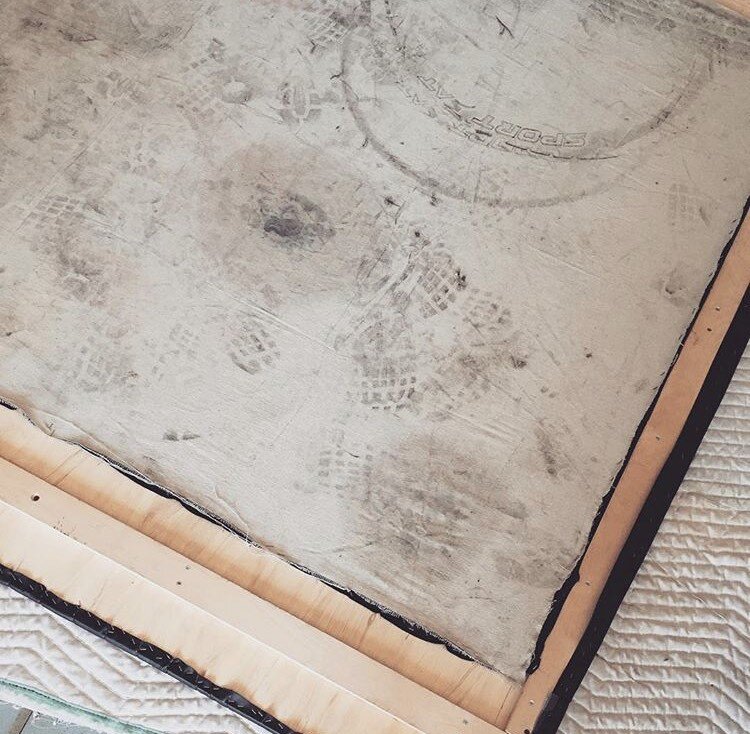Untitled 2018
Anatomy of Oil is a group exhibition exploring oil production around Los Angeles. The oil industry greatly influenced the development of the city, which continues to maintain many active extraction sites, often in close proximity to schools, homes, and parks. In some cases, companies build creative solutions to hide oil derricks, disguising them as trees or towers. The derricks are a particular, and sometimes overlooked, feature of the Los Angeles landscape. An object that is itself an invention of oil dependence, Gas’s converted delivery-truck gallery will park at active and former oil extraction sites around Los Angeles (in addition to art spaces) to encourage an ongoing conversation about the hold of the oil industry on all levels. Named after a poem by Marcella Durand that examines these issues through an eco-feminist lens, Anatomy of Oil includes sculpture, drawing, painting, and video in the gallery truck, a browser plug-in available for download at the gallery’s website, as well as a series of site-specific performances and a reading group.
One theme in Durand’s poem is a ceaseless, roaming hunger for oil, and the destructive path that follows each discovery. Coinciding with this violence—realized in the form of environmental damage, the displacement of populations, pollution, etc.—is the routine presence of oil in most aspects of modern life. The works in Anatomy of Oil focus on the effects of petro-capitalism on everyday lived reality.
Molly Tierney’s Untitled (2018) is a canvas stained with oil-based household products. Interested in the web of connections within local economies and the dialogue that comes with collaboration, she orchestrated the work with a crew of mechanics at Brake Masters in Altadena, Javier Vega, Fausto Molina, Jose Felix Vega, Gabriel Piste and Guillermo Gutierrez, who used the canvas as a drop cloth during their workday, and a vinyl upholster, Lio Ebenezer in Highland Park. Thinking about abstraction, the production of oil, and the invisible labor behind commodities; the work because all the layers, imprints, and gestures of oil’s vast forms and it’s uses.










